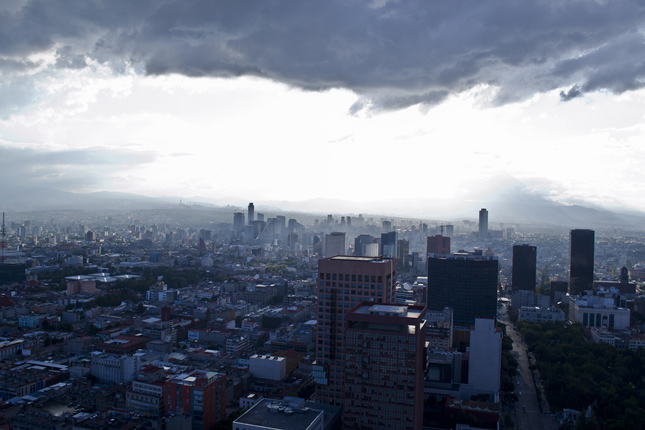-
Michael Kimmelman, The New York Times
Mexico City, Parched and Sinking, Faces a Water Crisis
February 20, 2017 By Wilson Center Staff
MEXICO CITY – On bad days, you can smell the stench from a mile away, drifting over a nowhere sprawl of highways and office parks.
When the Grand Canal was completed, at the end of the 1800s, it was Mexico City’s Brooklyn Bridge, a major feat of engineering and a symbol of civic pride: 29 miles long, with the ability to move tens of thousands of gallons of wastewater per second. It promised to solve the flooding and sewage problems that had plagued the city for centuries.
Only it didn’t, pretty much from the start. The canal was based on gravity. And Mexico City, a mile and a half above sea level, was sinking, collapsing in on itself.
It still is, faster and faster, and the canal is just one victim of what has become a vicious cycle. Always short of water, Mexico City keeps drilling deeper for more, weakening the ancient clay lake beds on which the Aztecs first built much of the city, causing it to crumble even further.
Continue reading on The New York Times.
Sources: The New York Times.
Photo Credit: Mexico City, September 2011, courtesy of flickr user Kasper Christensen.
 A Publication of the Stimson Center.
A Publication of the Stimson Center.



